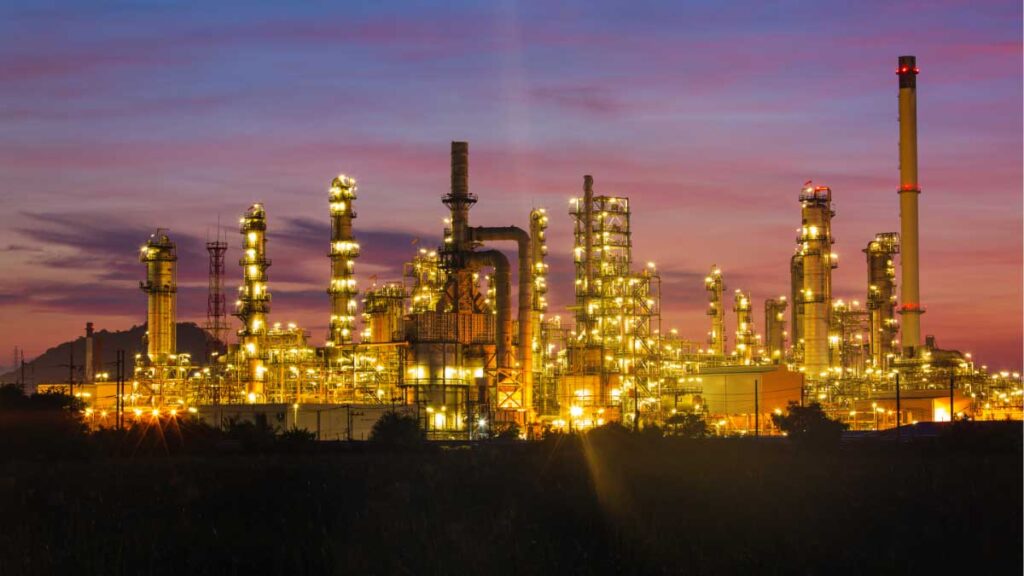The energy industry is at a turning point. Faced with rising demand, intensifying climate pressure, and rapidly evolving technologies, it can no longer rely on incremental improvements or legacy systems. The world is asking more of energy providers—faster delivery, lower emissions, smarter infrastructure—but the systems in place were not designed for this level of complexity or urgency.
What is needed now is not just innovation. It is positive disruption: deliberate, meaningful change rooted in science and grounded in engineering expertise. And increasingly, it is AI for positive disruption that is leading the charge. Not hype, but applied intelligence that unlocks real operational progress.
The Signals Are Clear
The urgency for change is visible in the numbers. The International Energy Agency projects that by 2030, electricity consumption from data centers will more than double, reaching 945 terawatt-hours per year. That is more electricity than Japan uses today. This surge is driven largely by the rapid growth of artificial intelligence workloads.
At the same time, Google reported a 51 percent increase in carbon emissions since 2019, fueled by increased energy demands from AI. Looking ahead, AI-related emissions are expected to grow more than elevenfold by 2030, accounting for over 3 percent of global CO₂ output—more than the current footprint of the entire tech sector.
These figures highlight a crucial truth: AI may be part of the problem, but it also holds the key to the solution. With the right approach, AI can be the catalyst for a more intelligent, more responsive, and more sustainable energy future.
What AI for Positive Disruption Looks Like
In industrial contexts, disruption is often seen as risky. But AI for positive disruption changes that. It is not about replacing systems or people. It is about removing the friction that slows decision-making, increasing the speed and confidence of every action, and optimizing entire operations in real time.
Positive disruption happens when energy companies move from isolated upgrades to integrated intelligence—when engineers gain the ability to predict, simulate, and optimize with clarity and speed. It is about using AI not to automate blindly, but to elevate the judgment and insight of the people closest to the work.
This isn’t an abstract goal. It’s happening now, with forward-looking companies rethinking how data, models, and decisions work together across the energy value chain.
The Case for Urgency
Legacy infrastructure cannot meet the needs of a modern energy system. It was not built for renewable integration, dynamic grid loads, or the demands of AI-powered systems. Without transformation, the risk of falling behind grows quickly—in efficiency, safety, profitability, and sustainability.
Yet the rewards of transformation are tangible. McKinsey reports that companies embracing digital tools are seeing production gains of 2 to 10 percent and cost reductions of 10 to 30 percent in targeted operations. These are not hypothetical benefits. They reflect real-world impact driven by faster, more intelligent decision-making.
That is the essence of AI for positive disruption—technology that challenges old constraints and delivers measurable performance.
The Role of Geminus
At Geminus, we believe positive disruption is both possible and necessary. Our platform brings together physics-based modeling, domain knowledge, and the flexibility of AI to support fast, trustworthy decisions in complex environments.
We help operators shift from reactive adjustments to real-time optimization. From siloed insights to system-wide coordination. Whether optimizing throughput, minimizing emissions, or preventing downtime, our focus is simple: help teams move faster with more certainty.
We build AI solutions that reflect the realities of the energy sector—designed for impact, not just innovation.
Looking Ahead
The energy transition is already underway. As electricity demand surges and new technologies come online, the question is no longer whether to transform—but how.
AI for positive disruption offers a clear path forward. It aligns digital transformation with operational excellence. It empowers engineers, accelerates sustainability, and positions companies to lead rather than react.
This is not disruption for its own sake. It is disruption with purpose. And for energy leaders, it may be the most strategic decision of the decade.
